The Voynich Manuscript, despite its seemingly ordinary appearance, signifies an era characterized by enigma and allure. This ancient text, enveloped in an atmosphere of mystery, has intrigued scholars, cryptanalysts, and the intellectually curious for over a century, drawing them into a domain of obscurity that steadfastly guards its secrets. The complex and undeciphered writing system, along with the lack of any definitive historical connections, has only heightened the sense of wonder and inquiry associated with this perplexing manuscript.
The pages of this manuscript, authored by an unidentified individual, contain a sophisticated script that resists interpretation, accompanied by illustrations that fuse the realistic with the imaginative, thereby creating a visual narrative that is both confusing and aesthetically pleasing. The meticulously designed images of flora, celestial charts, and human figures engaged in various activities appear to follow a unique logic, further amplifying the sense of confusion and fascination that envelops the manuscript.
As one progresses through its pages, the manuscript invites exploration into a realm that remains tantalizingly elusive, alluring the reader with its unspoken stories and unresolved enigmas. A thorough examination of its content reveals that the Voynich Manuscript transcends the limits of a mere cryptic document; it serves as an invitation to investigate the unknown, to question established perceptions, and to reflect on the mysteries that exist just beyond the boundaries of human comprehension.
The Occult Secrets of the World’s Most Mysterious Manuscript: Deciphering the Voynich Code
The manuscript first came to public awareness in 1912, initiated by Wilfrid Voynich, a Polish book dealer recognized for his expertise in rare and significant literary works. Voynich discovered the manuscript in a Jesuit library situated near Rome, an institution renowned for its extensive historical and cultural importance. Upon recognizing the manuscript’s value, Voynich introduced it to a wider audience, which rapidly fostered widespread curiosity and fascination, engaging scholars, cryptographers, and the general public.
Nevertheless, the manuscript’s history remains as obscured as the ink that adorns its pages, containing a cryptic script that has resisted numerous attempts at interpretation. Historical accounts and folklore suggest that the manuscript was possessed by various prominent individuals, including emperors, alchemists, and intellectuals, each captivated by its possible contents. These narratives have persisted through the centuries, contributing to the manuscript’s mystifying aura.
Some historical interpretations propose that the manuscript was once owned by Rudolf II, the Holy Roman Emperor known for his fascination with the mystical and the occult, and who had curated an extensive collection of rare and unusual texts. Others link it to figures such as John Dee, a British mathematician, astronomer, and cryptographer reputed to have engaged in espionage and other secretive undertakings. Despite these intriguing anecdotes, the true narrative of the manuscript’s ownership remains elusive, presenting a puzzle that has yet to be unraveled.
This overview aims to investigate the concealed aspects of the manuscript, focusing on its enigmatic language—a code so challenging that it has withstood numerous attempts at decryption, even with contemporary technological advancements and sophisticated cryptographic methods. Furthermore, we will examine the manuscript’s distinctive illustrations, which include depictions of unfamiliar plants, unusual astronomical charts that present celestial phenomena in surprising manners, and figures portrayed in surreal contexts, all of which contribute to the manuscript’s allure.
Collectively, these elements form a riddle that compels us to reconsider our understanding of history, science, and art, illustrating that certain enigmas exist not solely for resolution but to ignite excitement, wonder, and inspiration. As we investigate the manuscript’s concealed truths, we will come to recognize the importance of this extraordinary artifact and its enduring impact on our imagination.

Let’s take a look at the various theories that have emerged about the origins and purpose of the manuscript. These ideas cover a wide spectrum, from scholarly interpretations to the truly odd.
Could it be a lost book of herbal remedies, a guide to the supernatural, or perhaps a message from otherworldly beings? Each theory contributes to the overall mystery, deepening the enigma of the Voynich Manuscript, which remains a fascinating subject in the quest to solve a seemingly unbreakable code.
Join us as we venture into the unknown, searching for hidden clues in the silent, undeciphered pages of the Voynich Manuscript.
What secrets does this medieval puzzle keep? What is it about its strange writing and dreamlike illustrations that continues to spark curiosity in everyone who encounters it? If we ever crack the code, we might uncover forgotten pieces of history and reveal long-buried secrets.
A Cipher from the Depths of Time
The Voynich Manuscript is like a message from another time, wrapped in a mysterious script that seems untouched for ages. Its unusual language, filled with swirling characters and distinct symbols, doesn’t align with any language we know. Each page resembles a piece of art, overflowing with symbols that feel significant but remain unreadable, as if they were created to keep their secrets safe.
For more than a century, this manuscript has captivated scholars and codebreakers alike. They are drawn to its beauty, yet they find themselves perplexed by its complexity. The code seems just out of reach, hinting at forgotten knowledge, leaving those who attempt to decipher it feeling frustrated and bewildered. Despite countless efforts to connect its script to existing alphabets, languages, and codes, understanding still eludes us.
Historians, linguists, and codebreakers have all been intrigued by the Voynich Manuscript. Many brilliant minds have tried to unlock its mysteries. However, each unsuccessful attempt only adds to its charm, making it a vault of hidden or mysterious knowledge. The question remains open: does it hold real secrets, or is it just an elaborate trick meant to confuse?
Without a key to decode it and lacking any historical or cultural clues, the mystery deepens. Scholars find themselves pondering whether this manuscript conceals a genuine message or if it’s merely a clever hoax aimed at perplexing its readers. Even with the help of advanced technology like artificial intelligence and computational linguistics, the Voynich code has resisted all attempts at being cracked.
The script endures, still protecting its secrets and earning its place as the most enigmatic text in the world.
The Enigmatic Imagery of the Voynich Manuscript
Step into the captivating and mysterious realm of the Voynich Manuscript. Each page pulls you into a vibrant, dreamlike space. The curious illustrations aren’t merely decorative; they beckon you to reveal the secrets concealed within the manuscript. With every image, both puzzling and captivating, your curiosity grows about the hidden mysteries at its heart, as if the ink and colors are whispering stories that are both concealed and exposed.
One of the standout features is the botanical illustrations, which present an intriguing garden. The plants, with their twisting roots and strange flowers, look like they came from a wild imagination rather than real plants. Yet, their intricate details suggest that the artist might have aimed to document flora that may have been forgotten or is still waiting to be discovered.
Are these images of extinct plants, symbols rich with meaning, or just the fanciful creations of an artist? Each leaf raises more questions, prompting thoughts about whether these drawings represent ancient medical knowledge or a dreamlike paradise found only in these pages.

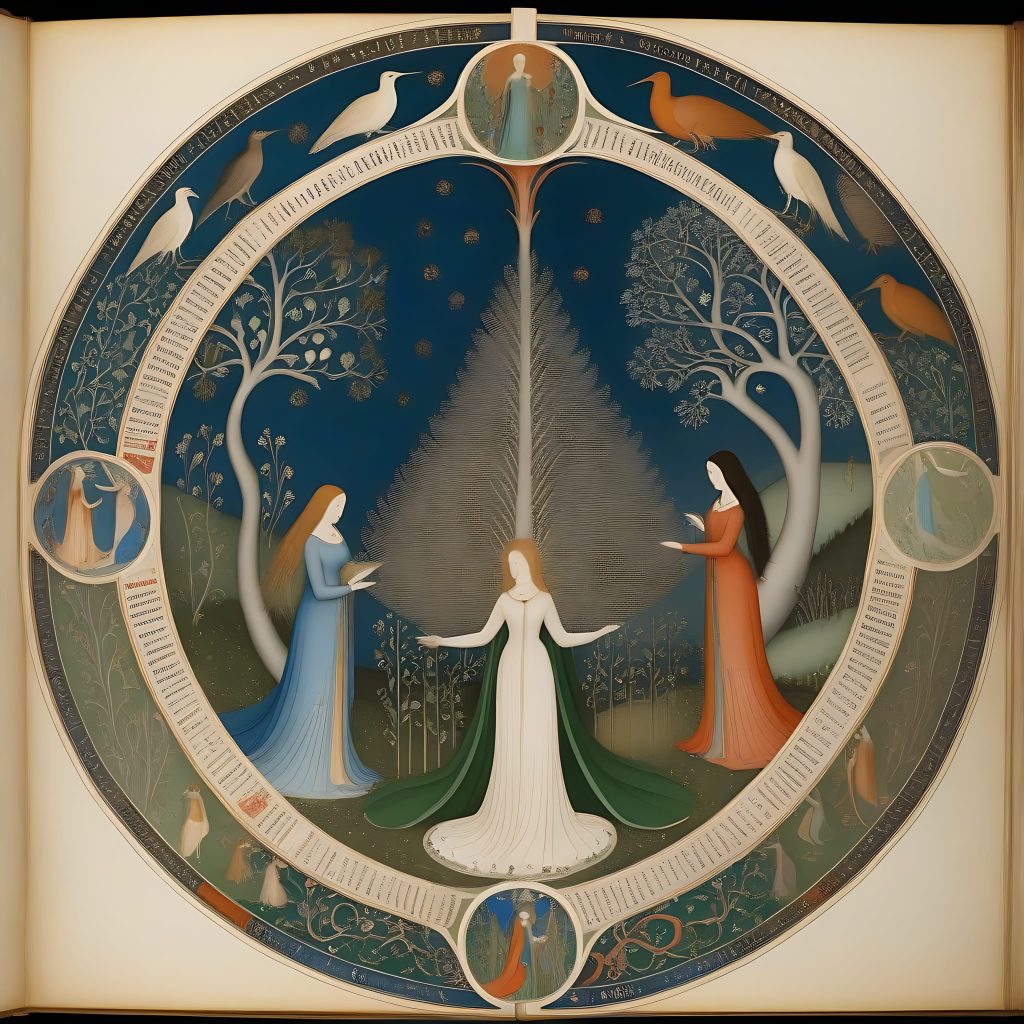
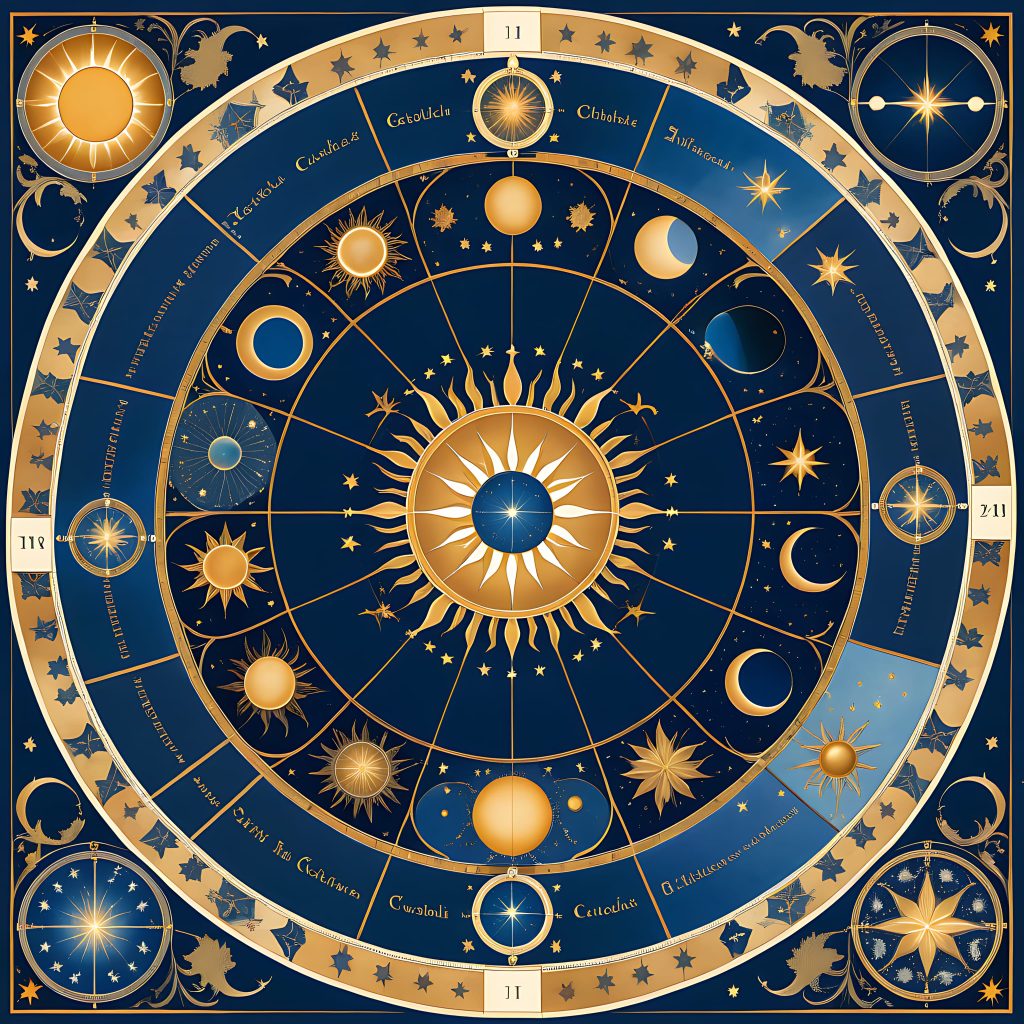
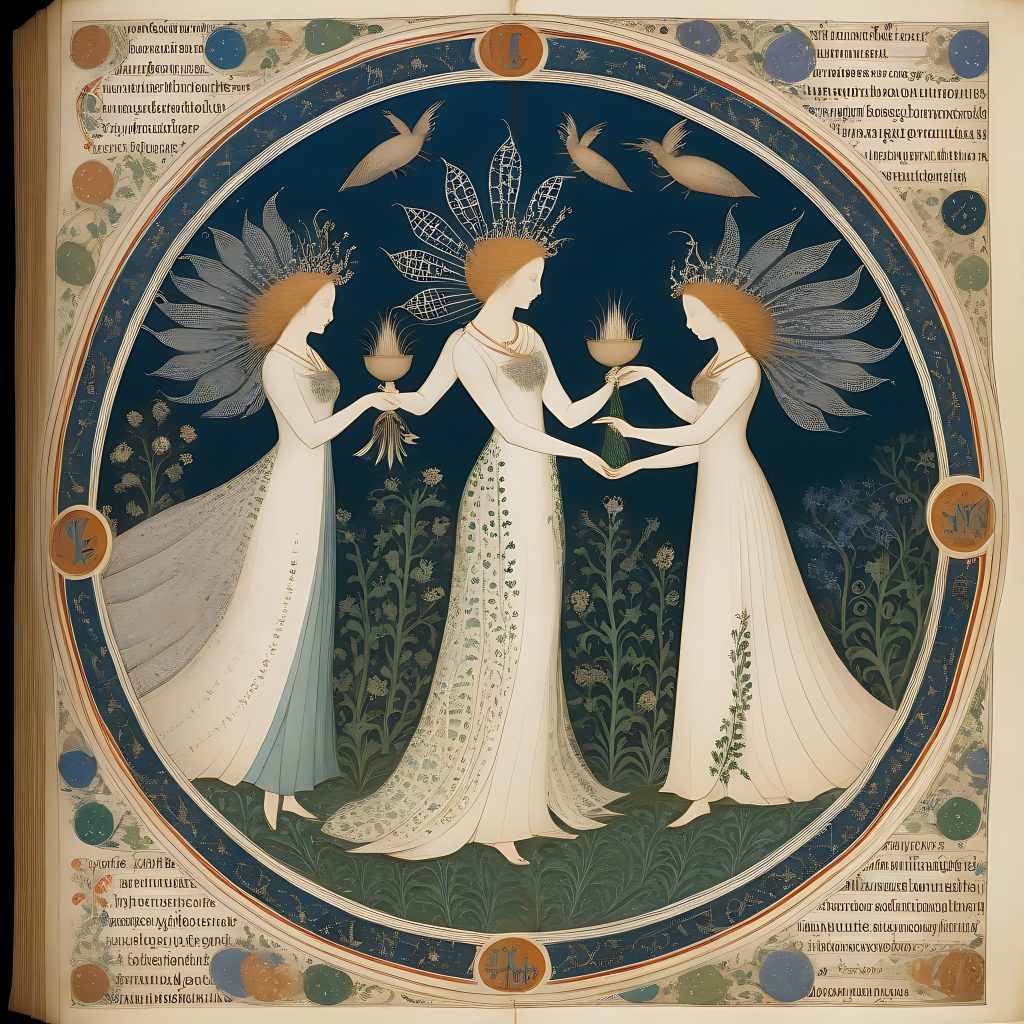
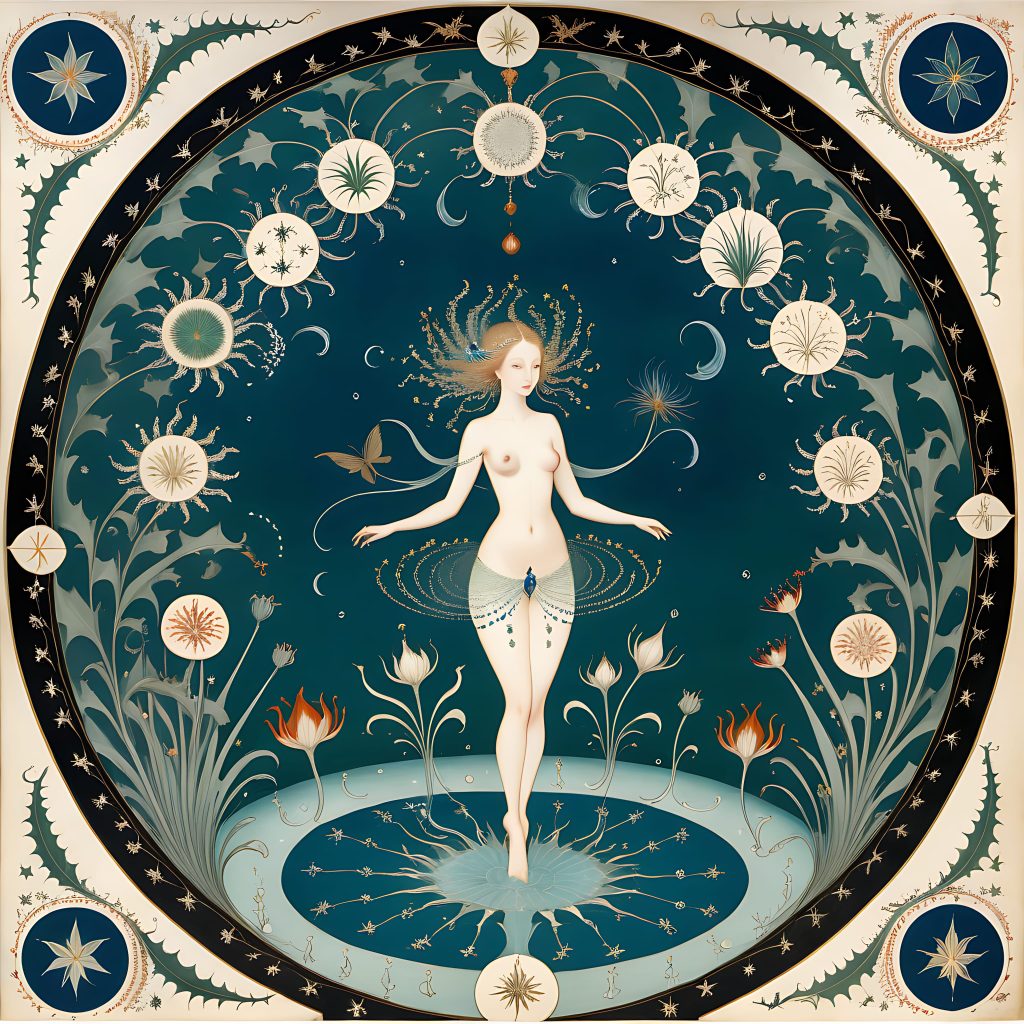
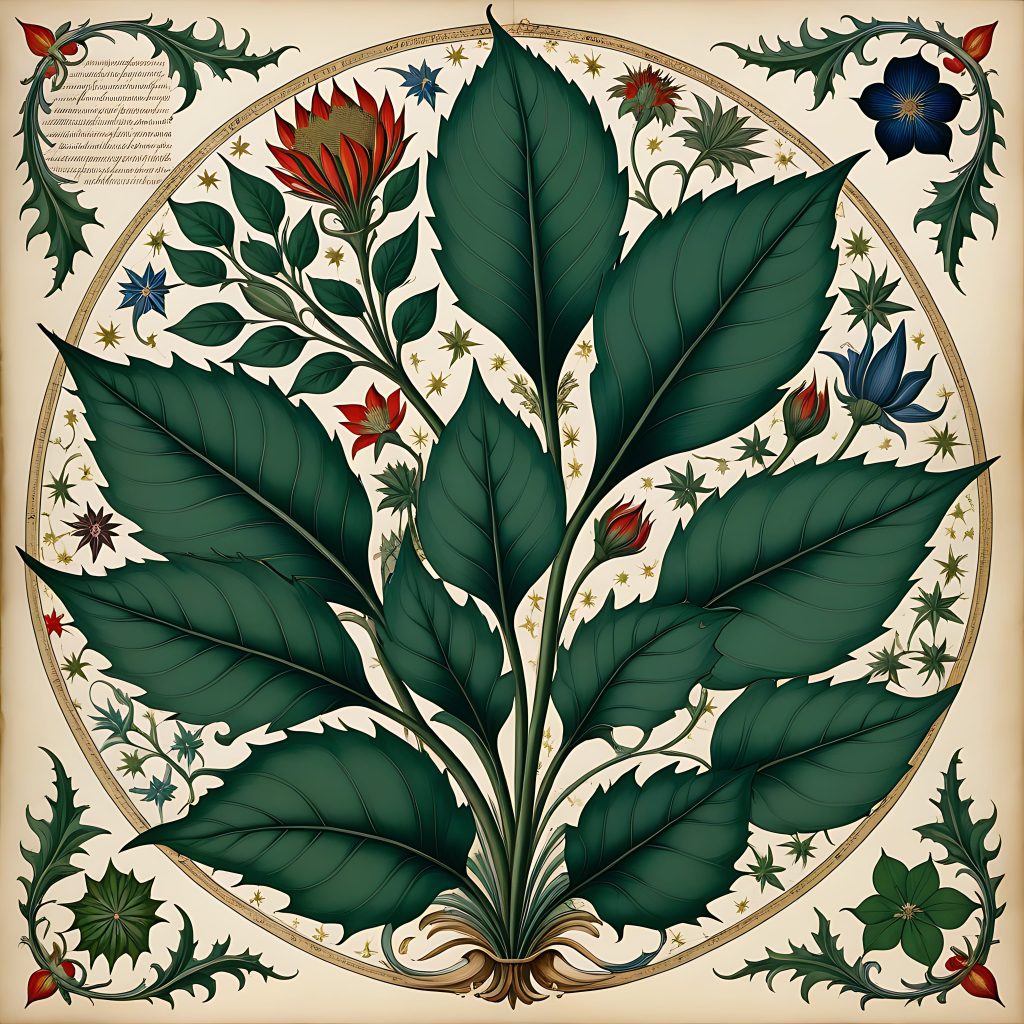

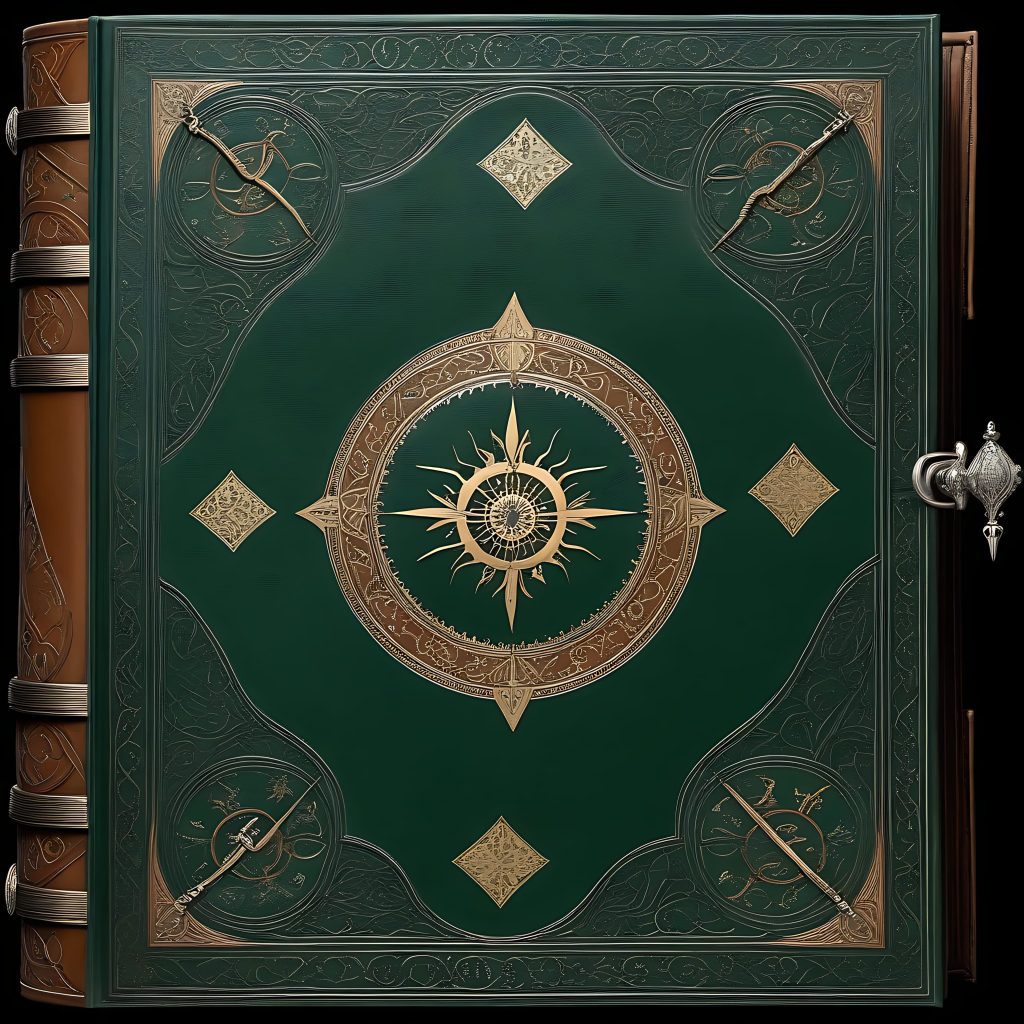

The Voynich Manuscript takes us on a stellar adventure, featuring a celestial map that makes us rethink astronomy. Its circular shapes, star-like symbols, and swirling designs give off a sense of mystery. Yet, these cosmic illustrations seem more tied to mystical ideas than scientific facts, mixing spirituality with observation.
Equally puzzling are the manuscript’s biological and anatomical images, which show internal systems that spark curiosity. Scattered throughout are human figures, mostly women, caught in ritualistic scenes with interconnected vessels and flowing forms. These images make us wonder what the creator thought about the natural world.
The relationship between the text and pictures in the manuscript adds to its intrigue. Some believe that the images might help crack the code of the writing, serving as visual hints. However, no solid answers have emerged, leaving us guessing if they unlock the manuscript’s secrets or simply add to its mystery.
The Theories: From the Plausible to the Preternatural
The mysterious Voynich Manuscript has sparked many theories, ranging from the believable to the truly bizarre. Each idea tries to shed light on where this strange book came from and what it was meant for, adding to its lasting intrigue.
Some have suggested that famous people with ties to the mystical and the intellectual might have written or cared for the manuscript. For example, Roger Bacon, a brilliant thinker from the thirteenth century who was interested in alchemy and the supernatural, is often mentioned. Others consider John Dee, a mathematician from the sixteenth century who advised Queen Elizabeth I and was known for his interest in mysticism and communicating with angels. However, even with these interesting links, solid proof about who created the manuscript is just as hard to find as understanding its text.

One of the more doubtful perspectives about the Voynich Manuscript is the idea that it might just be an elaborate trick. This view suggests that both the text and illustrations are made up, a clever scheme meant to confuse or deceive. Some think it could have been created to attract a collector who appreciated the look of ancient wisdom, or perhaps a sly writer wanted to claim secret knowledge. Even though this theory raises questions about the manuscript’s authenticity, it doesn’t fully explain the depth and consistency found in its pages.
The content of the manuscript, filled with strange symbols and unidentified plants, has naturally linked it to mysteries like the occult and alchemy. Some believe it serves as a manual for obscure rituals or an alchemical document outlining processes for both spiritual and physical change. The mysterious style of the work resembles other writings that often hide their teachings behind layers of symbols and allegories, understandable only to those who truly seek the truth.
Then there are those who venture into the supernatural, thinking the Voynich Manuscript could be influenced by aliens or might even come from a lost civilization. Supporters of these ideas point to its unusual illustrations and unclassifiable language as signs of knowledge that goes beyond what humans know. Is it a remnant of the legendary Atlantis or a message from visitors from another planet? While these ideas may push the limits of what we typically believe, they tap into a deep human desire to connect with something larger than ourselves, whether it’s ancient cultures full of wisdom or cosmic beings holding keys to the universe. The mystery of the Voynich Manuscript only adds fuel to these theories, creating a space where the curious can imagine their incredible stories.
As we explore the various theories about the Voynich Manuscript, we find ourselves standing at the intersection of science and fantasy, history and myth. Each theory, from the scholarly to the wildly creative, helps us see the Manuscript not just as a riddle to be cracked, but as a reflection of our endless curiosity. The real value of the Voynich Manuscript might not be in the answers it offers, but in the questions it makes us ponder and the adventure it encourages us to take on in our quest for knowledge.
The ideas surrounding the Voynich Manuscript are as varied and intriguing as the manuscript itself, each adding a stroke to the puzzling picture of this medieval enigma. Whether viewed as a genuine storehouse of ancient wisdom or a cleverly crafted mystery with unknown intentions, the Manuscript continues to reflect our fascination with the unknown and our tireless search for the secrets lurking in history’s shadows.
The Manuscript in Modern Culture
The Voynich Manuscript has captured attention across generations, sparking curiosity in today’s world. Its impact can be seen in books, art, and various media, all reflecting its mystery and charm.
Writers and filmmakers have been inspired by the manuscript’s strange allure, weaving its themes into tales of adventure and exploration. Artists have also tapped into its odd illustrations, reinterpreting its bizarre plants and celestial maps in their unique creations.

The indecipherable text and unusual images have given rise to modern theories surrounding the occult and conspiracy. People often connect it to secret groups, lost wisdom, or untold stories from history. Those in occult circles may view it as a treasure trove of forgotten magical traditions or alchemical knowledge.
The ongoing fascination with the Voynich Manuscript in popular culture highlights its ability to intrigue and confuse. Documentary creators, podcasters, and both experts and enthusiasts keep probing its past while trying to crack its code. Online discussions and social media are alive with debates, showcasing a worldwide collective effort.
The Voynich Manuscript stands as an emblem of our drive to learn, representing the lengths we go to unveil the mysteries lost over time. It continually encourages us to think, sparking inspiration and reminding us of the marvels that lie beyond our current grasp.
Key Takeaways:
- The Voynich Manuscript’s reach goes beyond the realms of literature and art, fueling modern theories and speculation.
- Its unreadable text and strange images continue to engage and mystify audiences.
- The manuscript thrives as a cultural symbol, inspiring filmmakers, podcasters, and online conversations.
- It embodies humanity’s desire for knowledge, pushing us to uncover hidden truths from the past.
The Unbreakable Code: Why the Voynich Manuscript Captivates Us
The Voynich Manuscript, with its unbroken code and esoteric illustrations, taps into the deep psychological and philosophical well that underlies our obsession with the unknown. Its very existence challenges our perceptions of knowledge and reality, beckoning us toward the edges of understanding.
This obsession is deeply rooted in the human psyche, an evolutionary trait that has propelled our species to remarkable heights. Our ancestors gazed at the stars and wondered about their place in the cosmos, just as we peer at the pages of the Voynich Manuscript and ponder its secrets.

The manuscript serves as a powerful symbol of the limits of human knowledge, reminding us that there are still enigmas that resist digitization and immediate understanding. It stands as a testament to the fact that the universe is far more complex than we might assume, and that for all our advancements, we are still wanderers in the vast expanse of intellectual discovery.
The enduring intrigue surrounding the Voynich Manuscript is not just about the manuscript itself—it is about our need to make sense of the world, to discover hidden truths, and to face the unknown with a mix of trepidation and exhilaration. The manuscript, in its silent defiance, prompts us to question, to dream, and to imagine, offering an endless journey for those brave enough to take it. It is a siren’s call that has not weakened with time, and its code remains unbreakable, not merely in a linguistic sense, but as a profound emblem of the human spirit’s unquenchable thirst for knowledge.
What do we know? The Voynich Manuscript
As we close the chapter on the Voynich Manuscript’s enduring enigma, we are left with the echo of its silent riddles. This manuscript, a masterpiece of mystery, has stood the test of time, steadfastly guarding its secrets against the relentless siege of human curiosity and technological advancement. Its pages—a palimpsest of the arcane, a codex of the unfathomable—continue to draw us into its depths, promising the allure of ancient wisdom and the thrill of a code yet unbroken.
The Voynich Manuscript is more than a curiosity; it is a cornerstone in the study of the occult and cryptology. It embodies the intersection of science and mysticism, of logic and the supernatural. For the cryptologist, it is an Everest yet unsummited, a testament to the complexity and sophistication of historical codes. For the occultist, it is a grimoire of hidden knowledge, a window into the rituals and botanical wisdom of a bygone era. Its study, while fraught with challenges, remains a crucial endeavor that bridges the past with the present, inviting us to reconsider what we deem knowable.

In our search for meaning in the unknowable, the Voynich Manuscript serves as a reminder that not all that is written is meant to be understood. It whispers to us that the pursuit of knowledge is as much about the journey as it is about the destination. And so, the manuscript endures, an enigmatic scribe’s legacy, compelling us to look beyond the veil and to wonder at the profound tapestry of the unknown.
Let us know what you think.
But the story does not end here, for the Voynich Manuscript is but one thread in the vast tapestry of the unexplained and the otherworldly. We at HorrorFacts.com invite you to join us as we continue to explore the shadowy realms of the paranormal and the occult. Dive into our archives for more tales of the cryptic and the chilling, and prepare to lose yourself in the mysteries that await.
We encourage you, our fellow seekers of the hidden truths, to share your thoughts and theories in the comments below. What do you believe lies behind the Voynich Manuscript’s unbreakable code? Do you have a theory that could shed light on its cryptic pages? Your insights are invaluable to the ongoing dialogue that surrounds this and other enigmatic artifacts.
Stay tuned, as there are more articles on the horizon, delving into related occult mysteries and codes that have perplexed humankind through the ages. We’ll unearth the secrets of ancient artifacts, decode the messages left behind by lost civilizations, and chase the ghosts that linger in haunted texts. The world is brimming with stories that defy explanation, and we are committed to bringing them into the light.

Subscribe to our newsletter and follow us on social media to get notified about our latest investigations into the supernatural. Whether it’s unraveling the lore of cursed objects, examining the patterns of celestial prophecies, or decoding the whispers of spirits, HorrorFacts.com is your compendium of the eerie and uncanny.
Embark on this journey with us, a fellowship of the curious, as we navigate the labyrinthine passages of history’s most intriguing mysteries. Together, we may find that the answers we seek are closer than they appear, hidden within the shadows, waiting to be revealed.
Join the conversation, contribute your voice, and be a part of the community that revels in the thrill of the chase. The manuscript may be silent, but our quest for understanding speaks volumes. Let the pages of HorrorFacts.com be the guide to your next supernatural adventure.
Resources
- Beinecke Rare Book & Manuscript Library at Yale University
- The official page for the Voynich Manuscript housed at Yale University, where you can view digital scans of the entire text.
- Website: beinecke.library.yale.edu
- World Digital Library
- An international digital library operated by UNESCO and the United States Library of Congress, which may have entries related to the Voynich Manuscript.
- Website: wdl.org
- Project Gutenberg
- A library of free eBooks that may include studies or literature on the Voynich Manuscript.
- Website: gutenberg.org
- Internet Archive
- A non-profit digital library offering free universal access to books, movies & music, as well as billions of archived web pages, which may have texts related to the Voynich Manuscript.
- Website: archive.org
- JSTOR
- A digital library for scholars, researchers, and students, which might contain articles and academic papers on the Voynich Manuscript.
- Website: jstor.org
- Google Scholar
- A freely accessible web search engine that indexes the full text or metadata of scholarly literature across an array of publishing formats and disciplines, including potential resources on the Voynich Manuscript.
- Website: scholar.google.com
